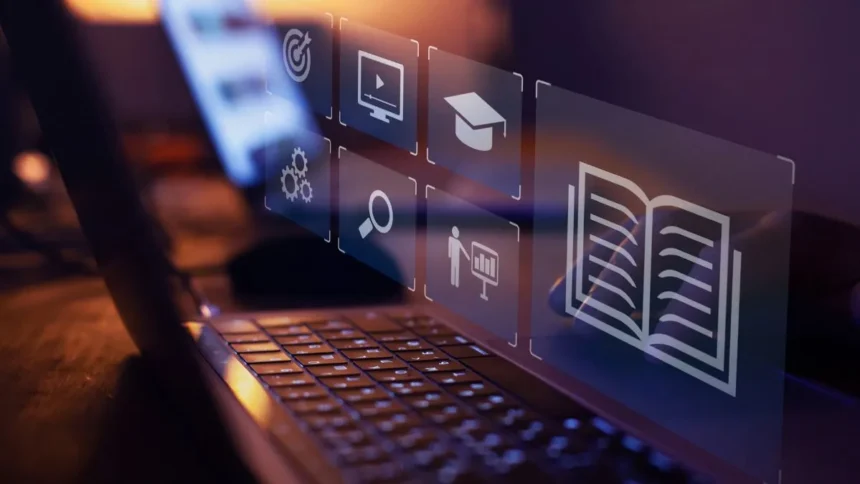The Shift to Digital Education
The world of education has seen a major transformation with the rise of digital learning. Driven by technological advancements, online education is reshaping how students access and experience learning. The shift from traditional in-person classes to virtual classrooms and eLearning platforms has created new opportunities for students and educators worldwide. Now, students can pursue online courses, remote learning, and even virtual degrees, making education more accessible than ever before. This transformation not only meets the growing demand for flexible learning but also aligns with a digital-first world, where technology plays a central role in day-to-day life.
Advantages of Online and Hybrid Learning
Digital learning offers many advantages, the foremost being flexibility. Students can access course materials anytime, enabling self-paced learning that fits their unique schedules. This flexibility has made online education appealing to working professionals, parents, and anyone looking to learn on their terms. Hybrid learning, a blend of in-person and digital education, combines the benefits of both formats, providing a more interactive learning experience with the added convenience of online resources.
Online learning platforms also offer a wide variety of courses and subjects that may not be available locally, giving students the chance to pursue specialized certifications and degrees from institutions around the world. Additionally, digital learning often reduces costs related to commuting and housing, making higher education more affordable for many students. Digital learning environments foster an inclusive approach to education, allowing for personalized learning experiences that cater to diverse learning styles and academic needs.
Tech Innovations Transforming Classrooms
Innovations in educational technology (edtech) are revolutionizing the digital classroom. Interactive learning tools, virtual simulations, and augmented reality experiences are making online education engaging and dynamic. Many online classrooms now use digital tools like video conferencing, cloud storage, and collaboration apps to foster a seamless and interactive learning experience. Educational apps and software are also becoming more sophisticated, offering personalized learning paths that adapt to individual student progress and performance.
Furthermore, artificial intelligence (AI) and machine learning are powering adaptive learning platforms that provide targeted resources based on a student’s strengths and weaknesses. Virtual learning environments and educational apps are designed to increase student engagement, offering real-time feedback and gamified learning elements. As these digital tools become more prevalent, teachers are also adapting to integrate them effectively, blending traditional teaching methods with new technology to create a well-rounded educational experience.
Challenges and Opportunities in Digital Education
Despite its many benefits, digital learning presents challenges that require attention. A major challenge is ensuring equal access to digital resources; students from underserved communities may lack the necessary devices or reliable internet to participate fully in online education. Bridging this digital divide is essential to ensure that all students can benefit from digital learning’s potential.
Another challenge lies in maintaining student engagement in a virtual setting. Online classrooms require students to be more self-motivated, which can be difficult for younger learners or those without strong support systems. However, this challenge also presents an opportunity to develop new methods of online instruction that encourage active participation. Interactive learning tools, collaborative projects, and virtual study groups can help foster a sense of community and improve engagement in digital classrooms.
For educators, the transition to digital education requires learning new tools and teaching techniques. However, this transition is also an opportunity for professional development, as teachers become equipped with skills that can enhance both in-person and digital instruction. As more schools and universities embrace hybrid learning models, educators are developing innovative ways to deliver effective, engaging content that caters to the diverse needs of today’s students.
The Future of Learning is Digital
The rise of digital learning is more than a temporary trend; it represents a fundamental shift in how education is delivered and experienced. As technology continues to advance, the future of learning will likely become more digital, personalized, and accessible. Online education and hybrid learning models are expanding educational opportunities for students across the globe, breaking down barriers to learning and providing new pathways for academic and professional success.
With continuous innovation in educational technology and a growing focus on inclusive and personalized learning experiences, digital learning has the potential to make education more engaging, flexible, and effective. The future of education is digital, and as the world continues to adapt, digital learning will play an increasingly vital role in shaping the skills, knowledge, and minds of tomorrow.







